Power Options
 INTRODUCTION:
INTRODUCTION:
There are a variety of different ways to power an inflatable boat. Determining the right method depends on the boat you are purchasing and the type of application you have in mind for the inflatable. Gas and electric outboard motors, sails, trolling motors, jet propulsion motors, and oars are commonly used as propulsion methods. In this section, we will go over the different types of ways to provide thrust and which method is best to pair with a certain inflatable.
 SAILS AND OARS
SAILS AND OARS

Sails and oars were the first means of transportation that boats utilized and can still be seen in use today. Oars offer durability, maneuverability, and can provide emergency backup power. Sails use an auxiliary power source, are quiet, efficient and require less effort than oars. Both are means of auxiliary power if the main engines fail, but can be used as a primary source of propulsion as well.
Oars are found on all inflatables as a means of auxiliary power, and can prove to be a life-saving tool in the event that your primary engine fails. They are typically durable and not easy to damage, which makes them a great safety net, on smaller and lighter inflatables they can be used as a primary source of power. The disadvantages of oars are obvious, they require manual power to operate. Depending on the strength and experience in using them determines effectiveness. Ours can be used with soft tails, play boats, and some smaller ‘zodiac style boats’. Determining oars as the only mode of transportation entirely depends on the user.
"Oars are found on all inflatables as a means of auxiliary power, and can prove to be a life-saving tool in the event that your primary engine fails."
Because of popular demand in today’s market, a few inflatable brands offer an inflatable sailboat and even a sail kit. Many people today still enjoy the art of sailing, it provides a fun and enjoyable activity while enjoying the outdoors.
Sails run on wind power and will provide eco-friendly transportation. This is beneficial to individuals that would like to spend less on motor maintenance. For someone that enjoys sailing, using sails might be your calling card. Operating a sail does require constant adjustments, but not to the extent that rowing does. This makes it a more efficient option compared to oars. However, working a sail does require a certain amount of knowledge and experience to operate. Other issues with sails are they can be more prone to tearing and their use is limited to times of day when the wind is blowing.
Sails can be an ideal choice for inflatables that planned to be used in windy environments like bays or larger lakes. They would also be a great choice for an ocean traveler that would like to save money on gas. This is all assuming that there is knowledge on how to operate a sail or sailboat.
Sails run on wind power and will provide eco-friendly transportation. This is beneficial to individuals that would like to spend less on motor maintenance. For someone that enjoys sailing, using sails might be your calling card. Operating a sail does require constant adjustments, but not to the extent that rowing does. This makes it a more efficient option compared to oars. However, working a sail does require a certain amount of knowledge and experience to operate. Other issues with sails are they can be more prone to tearing and their use is limited to times of day when the wind is blowing.
Sails can be an ideal choice for inflatables that planned to be used in windy environments like bays or larger lakes. They would also be a great choice for an ocean traveler that would like to save money on gas. This is all assuming that there is knowledge on how to operate a sail or sailboat.
 GASOLINE OUTBOARDS
GASOLINE OUTBOARDS

Gas engines for boats have been around since the early 1900’s and have been successful ever since. In today’s market, they are the most common power source for most watercraft. Outboards were the first motors available to the public that allowed an individual portable power for their boats, they have a lower initial cost, easy to service, and various motor sizes. Gasoline-powered outboards have a competitively price used market, a smart option for any new boater.
"Outboards were the first motors available to the public that allowed an individual portable power for their boats, they have a lower initial cost, easy to service, and various motor sizes."
Almost every marina or lake town has a nearby mechanic that can easily service gas outboards, making outboards a convenient option for most boaters. This is far from the case with electric and jet propulsion motors that require more specialized experience and knowledge for repair. Gas engines are also produced in an assortment of sizes making them available for anyone’s needs. The best aspect of a gasoline-powered engine is that generally, everyone has been around them in their life. There is a familiarity that offers comfort when first operating one, a major benefit when purchasing a gas outboard.
 ELECTRIC OUTBOARDS
ELECTRIC OUTBOARDS
Due to advances in energy storage and component design, electric outboard motors are becoming increasing popular on the market. This sector is steadily growing to satisfy individuals who would like a motor with less noise, energy independence and reliability. One great thing about electric motors is their ability to operate quietly, this allows users to enjoy their surroundings without the constant noise of a gas engine. Their ability to run on “cleaner” energy, depending on how you charge the battery, determines the size of your carbon footprint, making them an attractive option for some users.
While there are benefits to owning an electric motor, there are trade offs that come with electric outboards. The initial purchase of equipment needed far exceeds that of gasoline-powered motors; electric motors can cost more than twice that of their gas outboard equivalent. This is not including the cost of acquiring batteries needed for operation in order to store electricity. The batteries needed to power these motors can also be expensive, take a long time to charge, and are consumed quickly. This means, even if you have a solar power charger while the motor is in use, it will only slightly prolong the run time. These factors limit the utility of such motors for traveling long distances or transporting equipment. With these factors in mind, electric engines a great concept, but more technological advances in efficiency, reliability, and cost efficiency are needed to make them a viable option for all. These motors could work for individuals with a large starting budget, but are cost prohibitive to many boaters.
 ELECTRIC TROLLING MOTORS
ELECTRIC TROLLING MOTORS

Trolling motors are similar to electric outboards but considered to be in a different class. They are not intended to be the primary source of propulsion of a watercraft and are therefore fundamentally different from outboards. However, their qualities and benefits firmly align with that of electric outboards and many still use them as their primary power source. They are extremely popular in fishing where many anglers use trolling motors for their silent operation, low cost, and their ability to help keep their boat in one area. Trolling motors are also extremely portable and lightweight, making installation remarkably easy by a single individual given their light weight and few moving parts. Many sailors utilize trolling motors as well, their low cost, maneuverability at low speeds and quiet operation are all valuable qualities that sailors appreciate when maneuvering in and out of slips, marinas, and harbors.
While trolling motors are built in a similar fashion and design to electric outboards, they are intended to be used as a secondary power source. Therefore, they are typically built with lower thrust ratings; and typically don’t produce more than 3 hp equivalent. Trolling motors are not intended to be kept in the water while the primary motor is operating.
"Whether a trolling motor is right for you will depend on how much weight a boat is expected to carry, and the application in which the boat will be used."
Trolling motors are ideal primary motors for soft tail inflatables and some smaller sport boats. Whether a trolling motor is right for you will depend on how much weight a boat is expected to carry, and the application in which the boat will be used. If speed is the primary concern, a gas or electric outboard is recommended. The best use for trolling motors is as a secondary or auxiliary source of power, or for short, slow trips on calm water. For additional information about our motor motors and personalized help, please give us a call at (866) 721-0002.

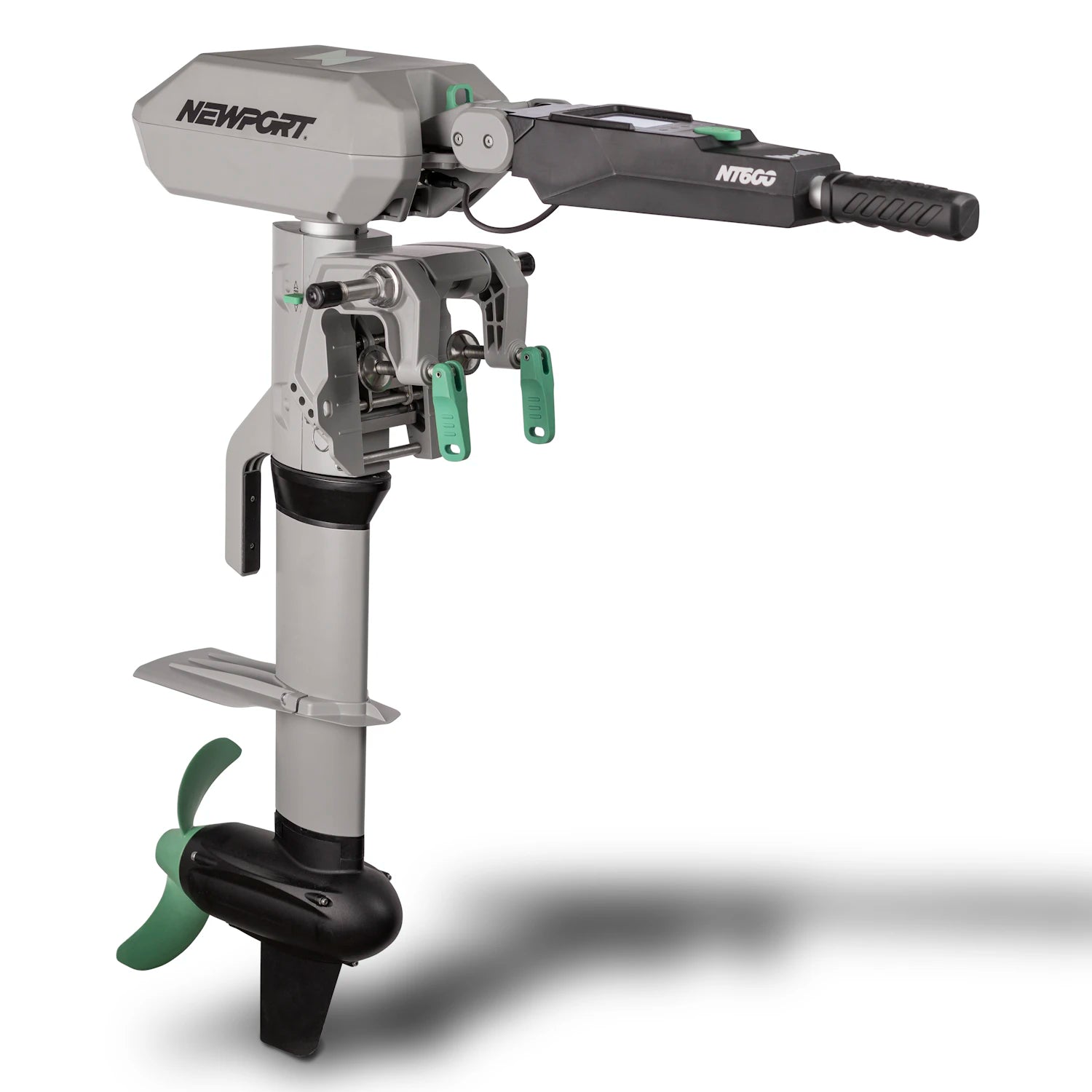
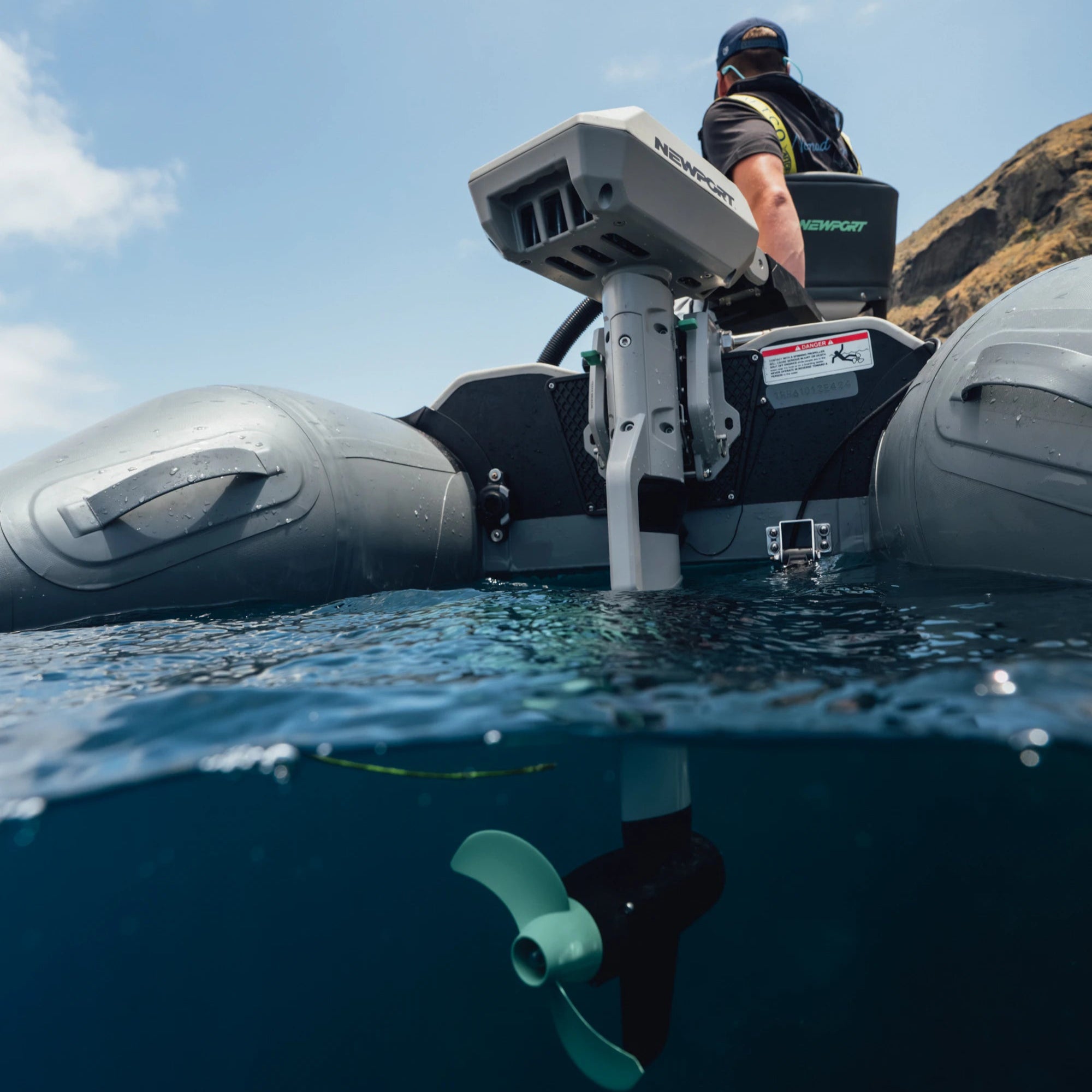
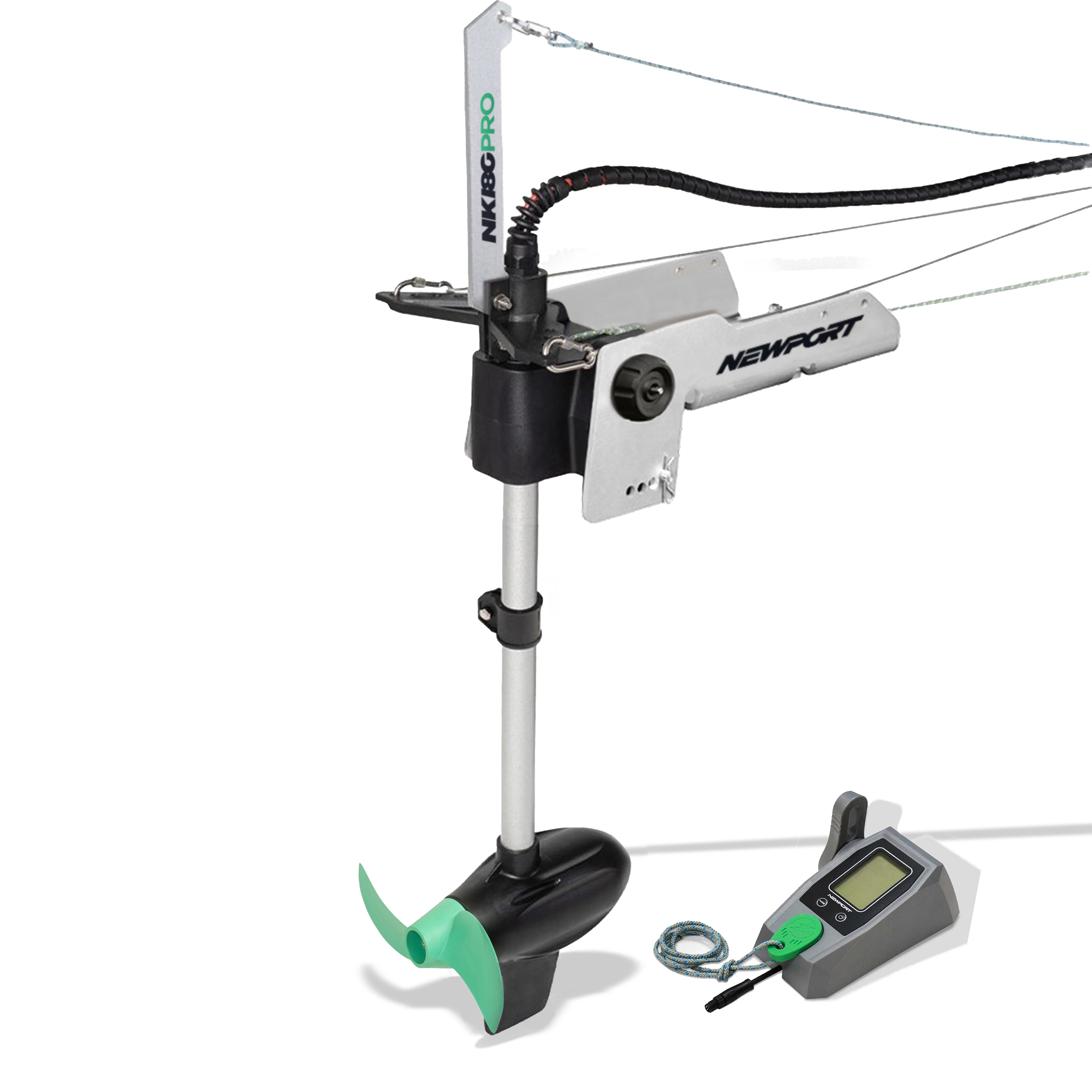
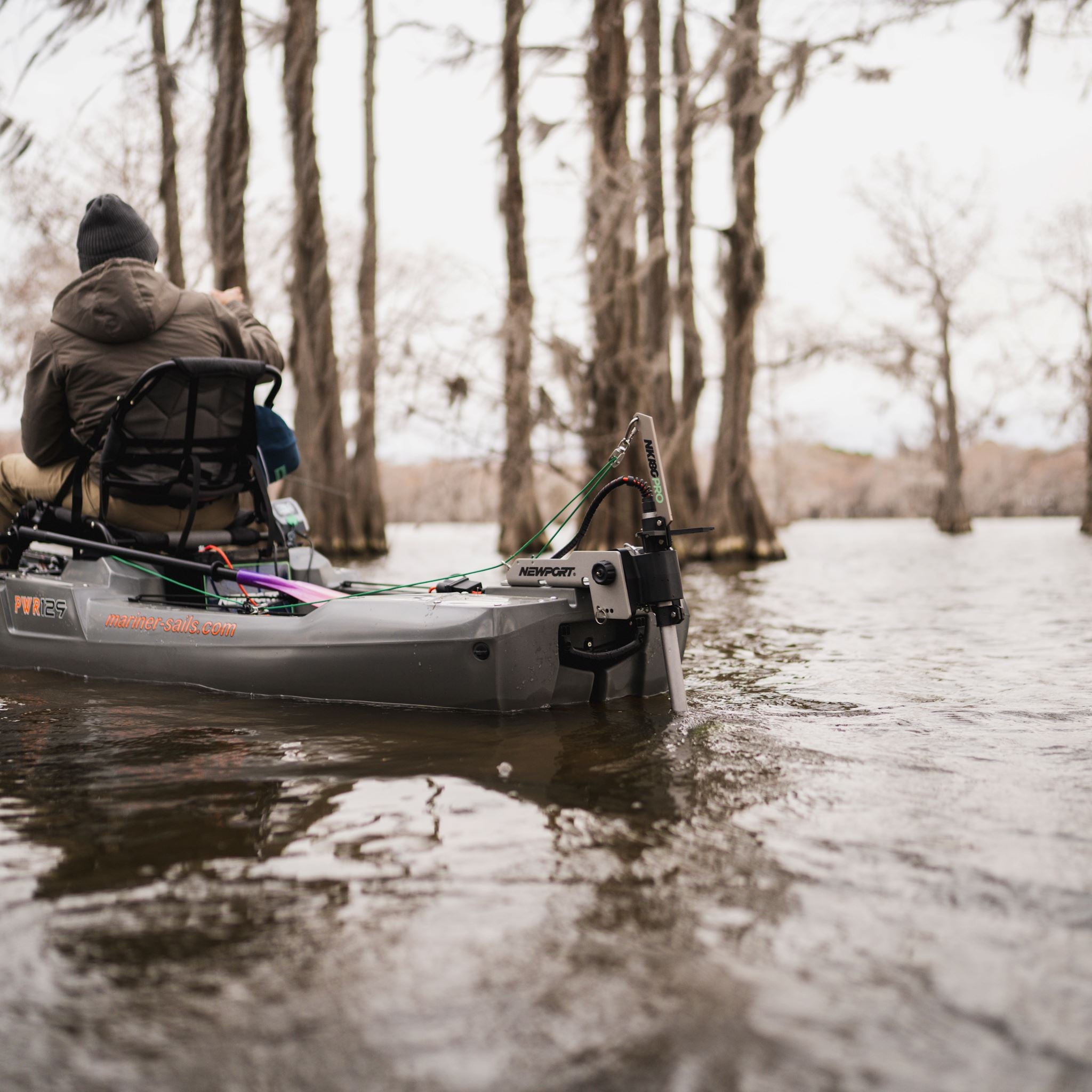
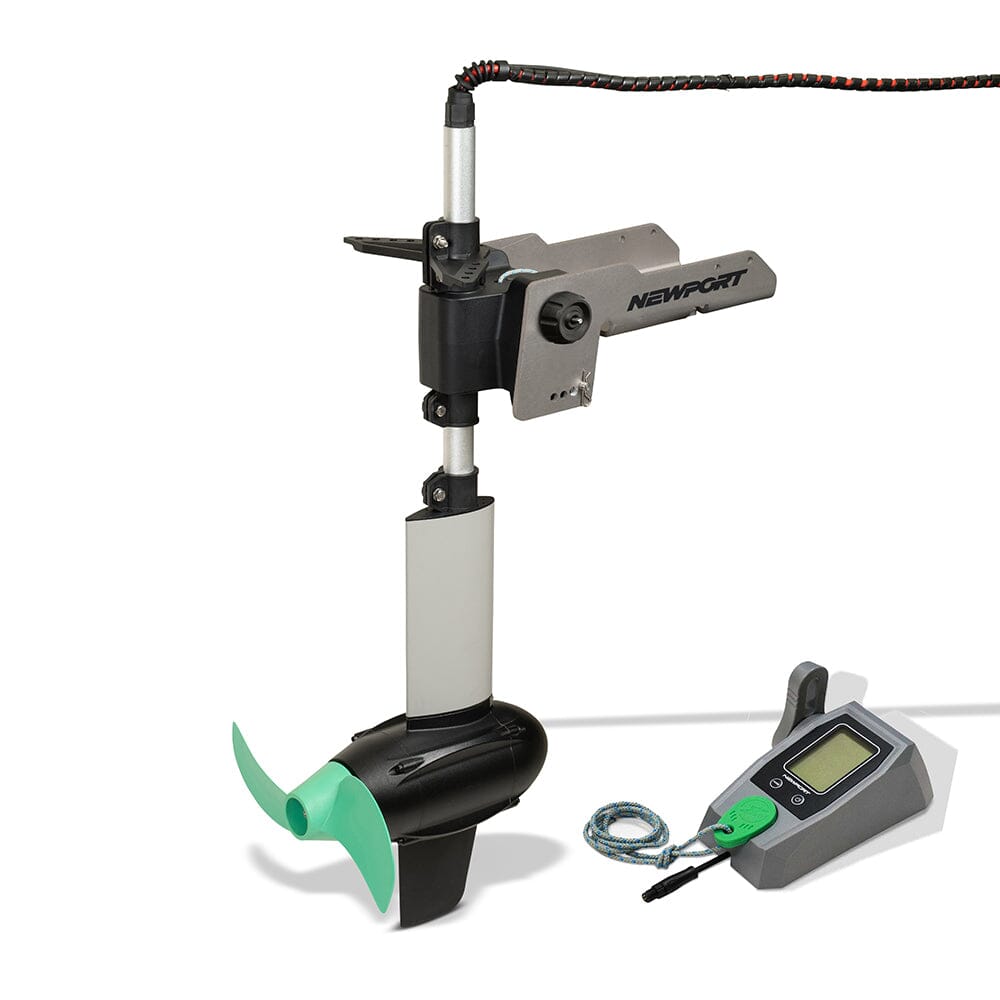






 Power options
Power options